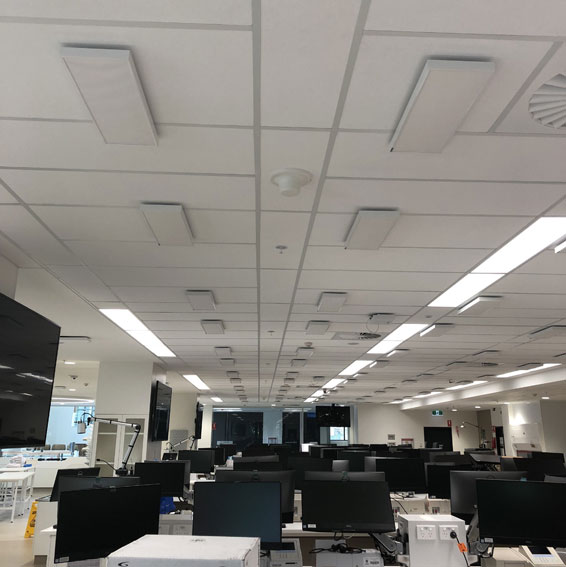In this blog post, we’re going to demystify the world of directional speakers and explain how they work in an (fairly) easy-to-understand way!
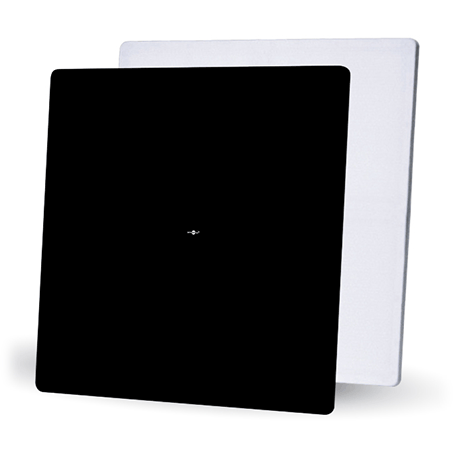
Ultrasonic Speakers, such as Audio Spotlight AS-24iX, Hypersound
Imagine a speaker so discreet that it feels like a magician is whispering directly into your ear.
Ultrasonic speakers work their magic by emitting sound waves at ultrasonic frequencies, which are beyond the range of human hearing (above 20,000 Hz). These high-frequency sound waves travel through the air as narrow beams, much like a flashlight beam of sound.
When these ultrasonic waves hit an object, they interact with the surface and create audible sound through a process called nonlinear propagation.
The key is that the sound becomes audible only at the point where the ultrasonic waves interact with the object, effectively creating a private auditory zone.
These whisper-like speakers have a wide range of applications, from museums and libraries to immersive gaming experiences and even in medical devices for localised audio.
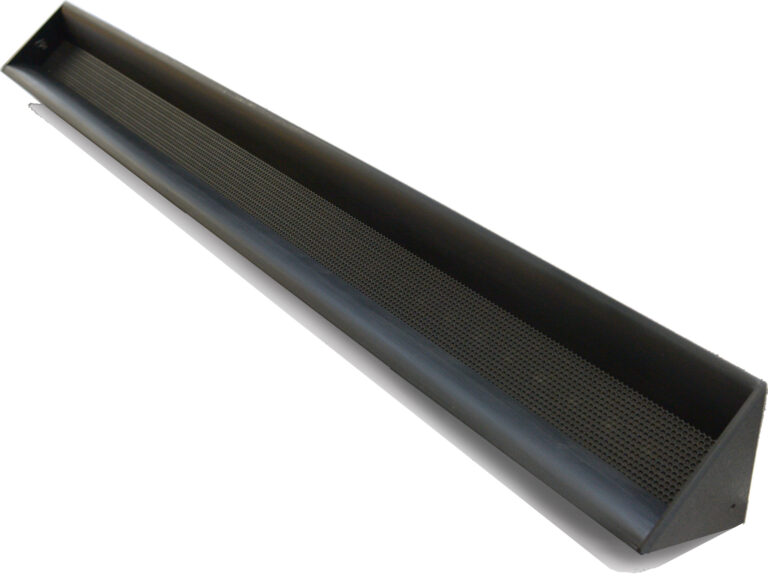
Phased Array Speakers such as Soundbeam SB-47, Dakota MA4, Dakota FA602
Phased array speakers are like the maestros of sound projection. They use an array of small speakers, each emitting sound waves with precise timing and phase adjustments.
By controlling the timing and phase of each speaker in the array, a phased array speaker can sculpt sound waves to create highly directional and focused sound beams. If two or more sound waves arrive at the same place at the same time, they add and produce a sound wave that is the sum of all incoming sound waves.
When multiple sound waves arrive at random times, some waves cancel, producing a sound wave that is less than the sum of the incoming waves.
If several speakers are mounted at an equal distance from the listener, the sound from each of the speakers arrives at the listeners ears at the same time. The resulting sound is considerably louder than each individual speaker.
Outside the area where the sound waves converge, the sound from the speakers arrive in random waves, considerably reducing the sound level outside of the listening area. We can achieve this by delaying the launch time of each individual speaker in the array.
Phased array speakers are often used in applications like isolating audio in a noisier environment, , immersive audio in virtual reality setups, and beamforming for hearing aids.
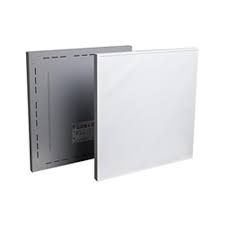
Planar Wave Speakers: Sound Shower, Zonar
These flat, lightweight speakers produce sound in a way that’s nothing short of fascinating.
Instead of a traditional cone or dome, planar wave speakers use a thin diaphragm, often made of materials like mylar or ribbon, that vibrates to create sound. This diaphragm is driven by a series of magnets and conductors, causing it to move back and forth and produce sound waves.
The unique design of planar wave speakers results in a wide, flat sound dispersion pattern. They’re often used in very high-end audio systems and home theatres, providing a more immersive and accurate sound experience.
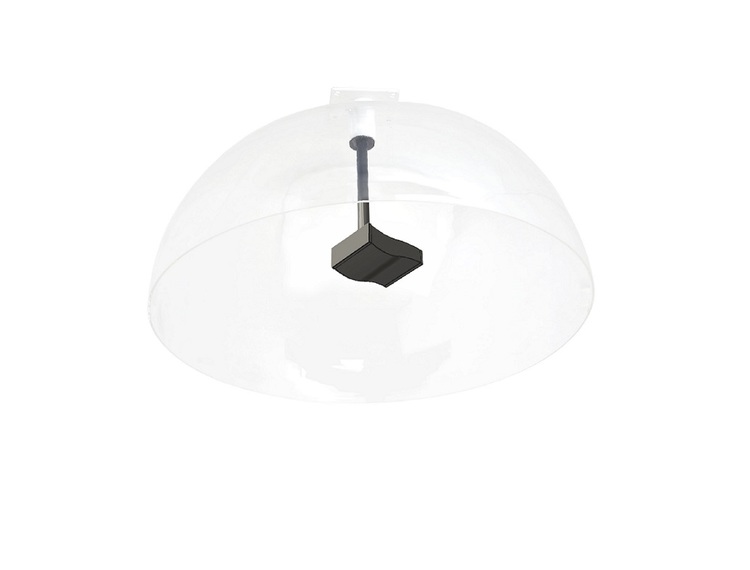
Dome speakers: Solo Mini Dome, Single Localizer Dome
These are probably the simplest speakers to explain. The speaker fires upwards into a hemispherical dome , which due to its shape funnels the sound to a particular area under the dome. The unique properties of hemispherical domes mean that stereo sound can be achieved by using 2 upward firing speakers.
These speakers give a broader frequency response than most other directional speakers and used in a variety of areas, such as museums, retail stores and trade shows. The domes can be branded on the outside and make it very clear that there is audio to be heard underneath,
Conclusion
Directional speakers come in various flavours, from ultrasonic speakers that create private sound zones to phased array speakers that sculpt sound beams and planar wave speakers that challenge traditional speaker designs. These technologies are revolutionising the way we experience sound, offering both practical and creative applications.
Discover which directional speaker matches your requirements
Answer a few questions to learn what’s best for you…





